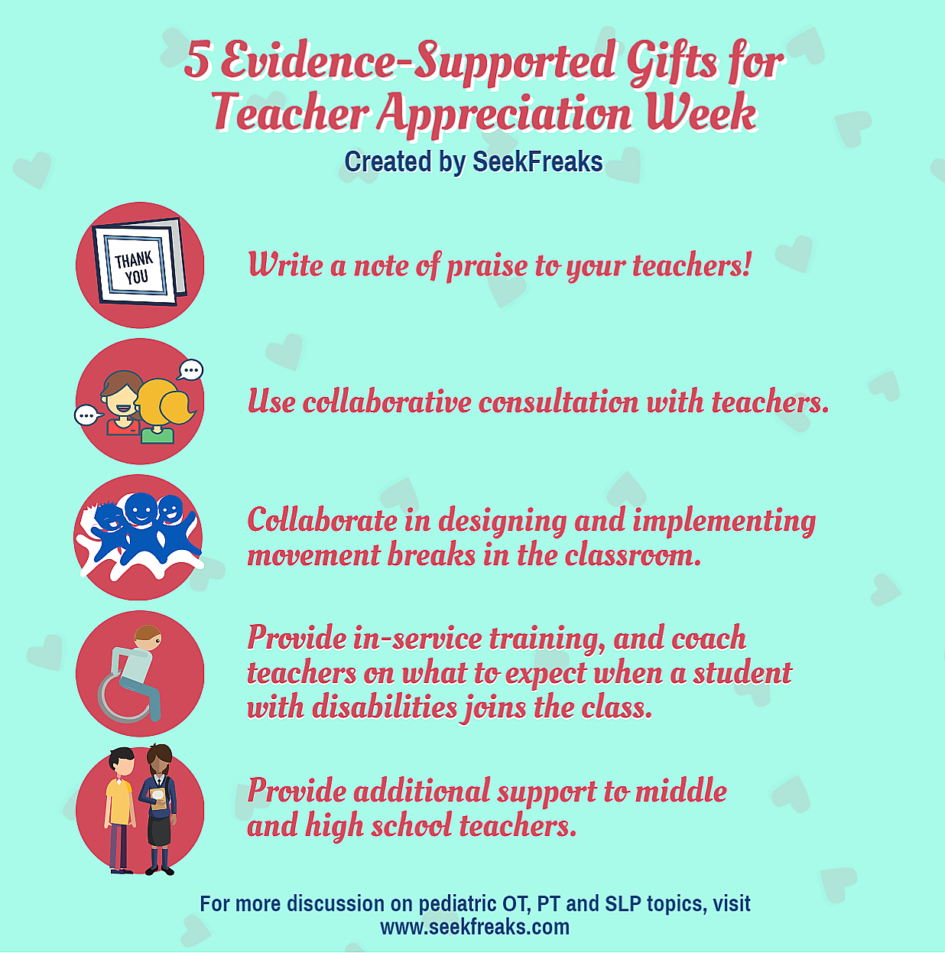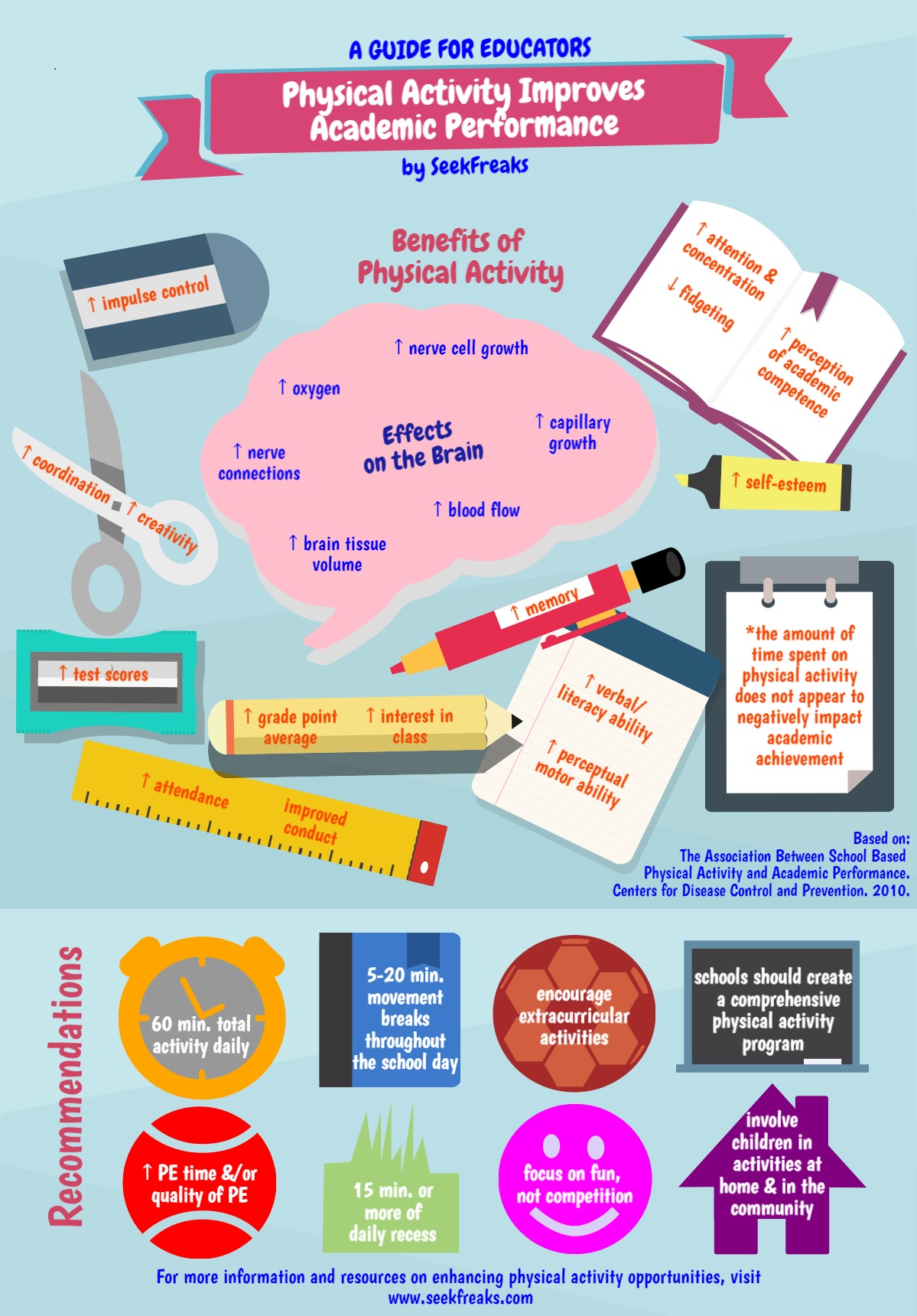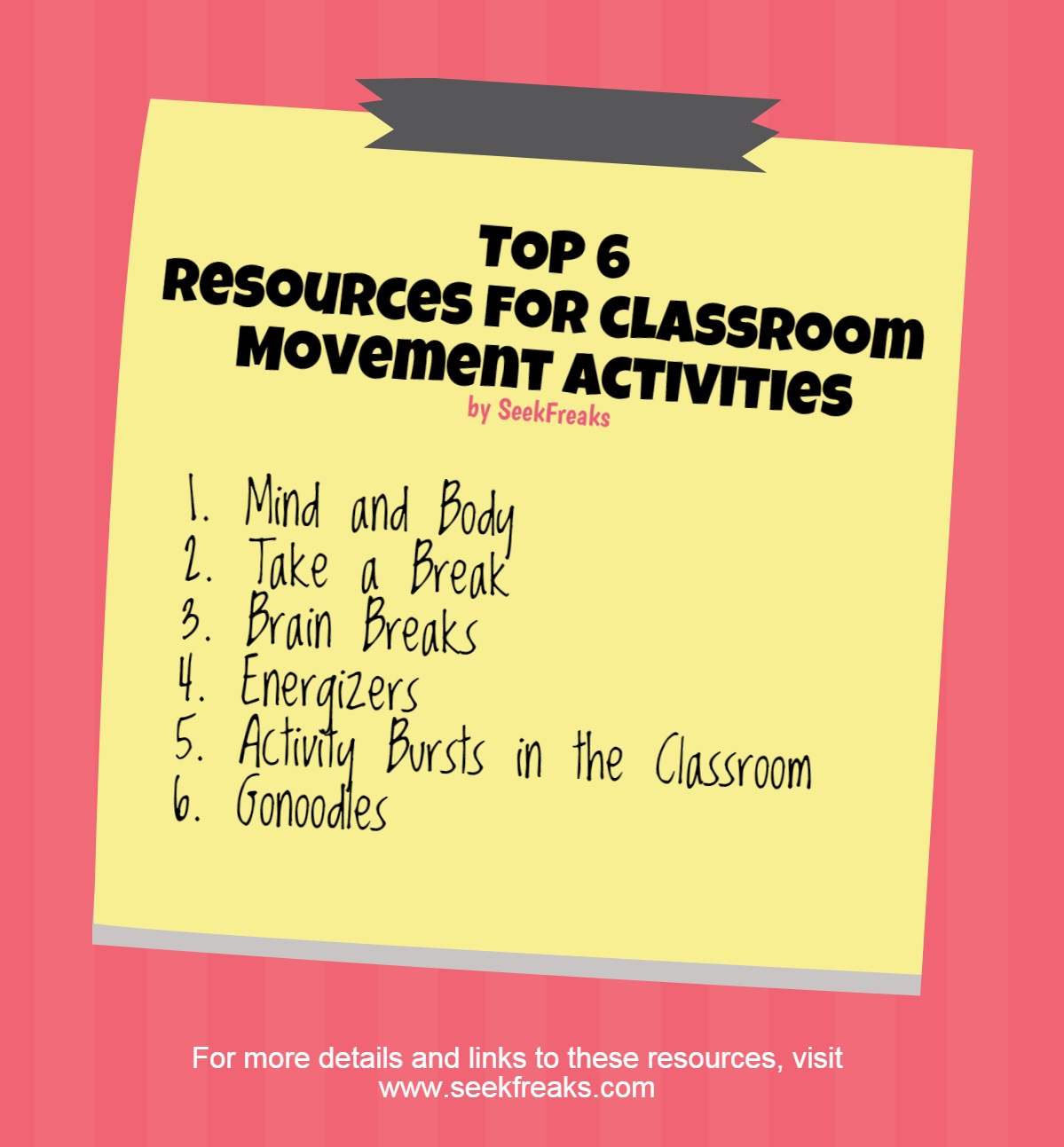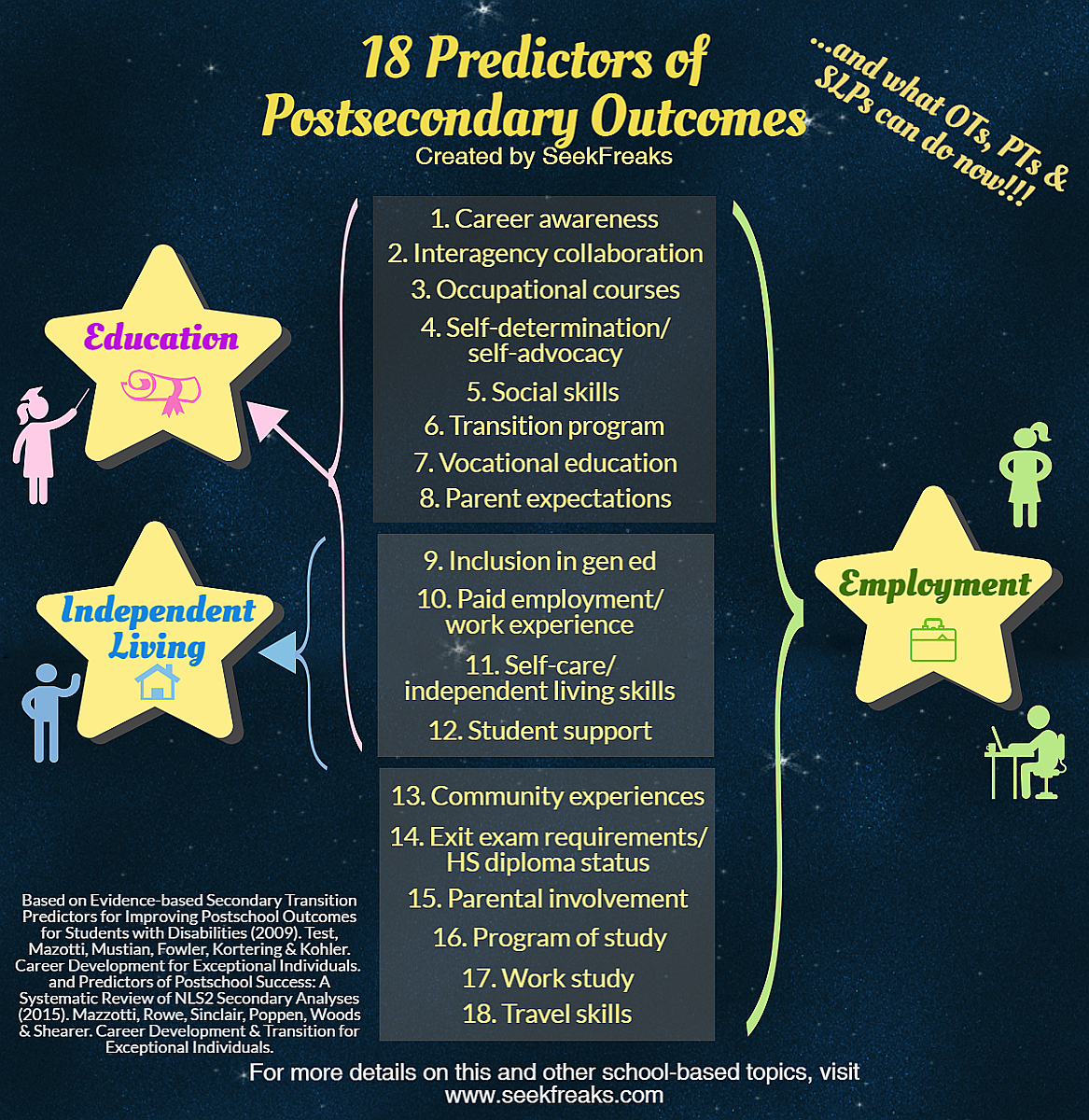[smbtoolbar]
SeekFreaks is moving from one celebration to the next. May 8-12 is Teacher Appreciation Week! Have you thought of a way to show that you appreciate their work? Let us do the gift selection, packaging and wrapping for you.
While working on this article, I read with much interest, and a little chuckle, the introduction from Gouda, et al (2016). They reminded readers that the word school came from Ancient Greek scholé, “a state of being in which individuals feel liberated of pressures of all kind – primarily time pressure and the pressure to perform.”
Notwithstanding the relaxing origin of the word “school,” stress abounds not just among students, but also teachers. Teacher burnout is real, including in special education, where shortage and attrition have always been serious concerns. Additionally, and perhaps most importantly, teacher burnout impacts teacher’s adherence to interventions that target attainment of a student’s Individualized Education Program (IEP) goal. And, in effect, impacting the student’s attainment of such IEP goals (Brunsting et al, 2014).
So how do we help decrease teacher burnout? One area we can can influence is the amount of support a teacher receives. In a research synthesis, Brunsting, et al (2014) reported that support from administrators, parents and coworkers has been associated with less burnout.
As a school-based practitioner, I have always considered teachers, in addition to students and parents, as my clients. This Teacher Appreciation Week, SeekFreaks is providing related service providers 5 evidence-supported ways to explicitly and implicitly show support of our teachers, and help them run productive classrooms for our students with disabilities.
~~~~~~~~~~ 0 ~~~~~~~~~~
1. Write a note of praise to your teachers.
An oldie but goodie!
In a study, Nelson, et al (2013) found that teacher-to-teacher written praise notes were associated with improved teachers’ perceptions of school community and collegiality. (Like you needed evidence for this?!) Make your note personal by being specific. Cite an instance where you truly thought they came through, for you or your students.
2. Use collaborative consultation with teachers.
There’s no better way of showing support to teachers than by forming a partnership with them through the use of a collaborative consultation model. Villeneuve (2009) discussed various research on collaborative consultation…and here are some nuggets of information that we found very useful:
- Clarity: OTs, PTs and SLPs need to clarify their roles and responsibilities so that teachers know what they can collaborate on.
- Academics:Teachers are interested on how students can progress academically.
- Knowledge: OTs, PTs and SLPs must have “a definite understanding of school board policies, the curriculum, and the classroom practices of teachers in order to develop educationally relevant approaches to providing service for students.”
- Partnership:The relationship should be an equal partnership! Related service providers assuming the role of experts serve as an impediment to collaboration. (Bose & Hinjosa, 2008). Share your expertise without being the expert of the collaborative process.
- Integrate: Teachers would like related service providers to spend more time working with students inside the classroom. This helps build trust and rapport.
- Compensation: Based on the study of Kemmis & Dunn (1996): “Teacher-therapist pairs selected compensatory interventions more frequently than remedial interventions” and “Teachers preferred compensatory approaches to support achievement of academic goals.”
Speaking of collaboration…
3. Collaborate in designing and implementing movement breaks in the classroom.
Teacher efficacy for dealing with challenging student behaviors is associated with decrease in burnout (Brunsting et al, 2014). Though, not a panacea, physical activity during the school day has been shown to improve student’s attention, on-task behavior, impulse control and conduct. (Your teachers need some convincing? Share SeekFreaks’ Infographic: Guide for Educators: Physical Activity Improves Academic Performance.)
Remember that your goal is not to add more work for teachers, but rather to give them a simple and fun way to get students moving in the classroom. Start by selecting one or two resources from our list of free and easy to use Top 6 Resources for Classroom Movement Activities. It’s as easy as turning a page, clicking a link or playing a video to get students moving and improve classroom behavior.
These activity resources are still not simple enough? Wong et al (2014) found research showing that something as simple as making students with Autism Spectrum Disorder (ASD) jog for 8-20 minutes at a vigorous level (face flushed, breathing a little heavily) worked in addressing behavior and school readiness! This knowledge is especially helpful because a teacher’s self-efficacy in managing a classroom with students with ASD is negatively associated with burnout (Ruble et al, 2011).
By the way, Farber (2000) identified 3 types of teacher burnout. One of them is the “underchallenged” type, in which a teacher feels work is monotonous and unstimulating. I wonder if the introduction of movement to the class can make lessons fun?!
I remember the day I watched a teacher conduct a 20-minute ELA story discussion while the whole class was marching in place, performing push ups, doing arm circles, etc. (Oh! I almost forgot – the teacher was 8 months pregnant! Ok, she did not do push-ups.) What a stimulating class!
4. Provide in-service training, and coach teachers on what to expect when a student with disabilities joins the class.
With the move towards inclusive education (Yay!), more and more students with disabilities attend general education classes. Johnson, et al (2015) found that teachers feel ill-equipped in supporting children born preterm (it is easy to imagine this would apply to children with other health conditions). Only 3.1% of those surveyed received formal training about the topic in their initial schooling. This lack of knowledge was found to be especially true for general education teachers who have even less experience working with students with disabilities.
Luckily, Johnson, et al (2015) also found that more than 80% of the educators in their study requested more information about the effects of preterm birth. What a motivated group of learners!
Conduct inservice training for school teachers on specific health conditions. As soon as you hear that a class will be joined by a student with disabilities, reach out to the teacher and discuss what to expect. Help them with modifying tasks, instructions, expectations and the classroom environment to more easily accommodate the students’ needs. Schedule a bi-weekly or monthly consultation with the teacher to support them address new concerns that come up.
For more ideas, read the Article Review: Do Teachers Know the Impact of Preterm Birth?
5. Provide additional support to middle and high school teachers.
Teacher of older students (13-19 y/o) have higher burnout levels (Brunsting et al, 2014). Yet, how many times do they receive our support? Much more or much less than what we provide elementary school teachers?
From my visits to different school districts across the country, I have found that related services tend to provide less support to students and teachers in high school. While students may no longer need as much direct services as they get older, related service providers should make themselves available to high school teachers.
If feasible, block off consultation time for high school teachers and let them know that you are free and available to speak with them. Too time consuming? Or you are concerned that teachers may not be free during your consultation time? Attend teacher meetings to listen to their concerns and contribute to the conversation where you think your expertise can help.
Use the article and infographic 18 Predictors of Postsecondary Outcomes as a starting point of collaboration with teachers.
High school teachers of students with disabilities are tasked to prepare their students for further education, employment and independent living. Let teachers know that they can partner with you to help their students achieve their postsecondary goals.
~~~~~~~~~~ 0 ~~~~~~~~~~
We hope that our above suggestions serve as year-round gifts for teachers! Now it’s your turn: How do you celebrate your teachers on Teacher Appreciation Week?
~~~~~~~~~~ 0 ~~~~~~~~~~
Readers of this article also read:
Adapted Physical Education Primer
18 Predictors of Postsecondary Outcomes















May 5, 2017 at 8:00 am
I love these ideas! Better than and I ❤teachers magnet to add to the pile or an apple. Well may be a good apple would be okay… but these ideas are what teachers need every day. Great article! I’m going to write to notes today and offer an in-service to some grade level committees in Middle school in honor of those hard working teachers, thanks!
July 20, 2019 at 5:19 am
When you are buying any gift for Teachers, it must reflect gratitude, love, and respect. This blog is very helpful for those who are looking for Gifts Online. It helped me a lot and thanks for share such a valuable post.